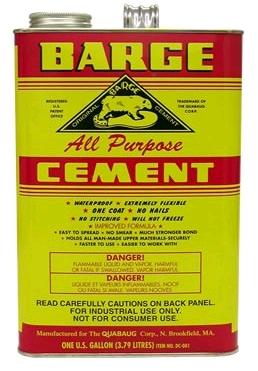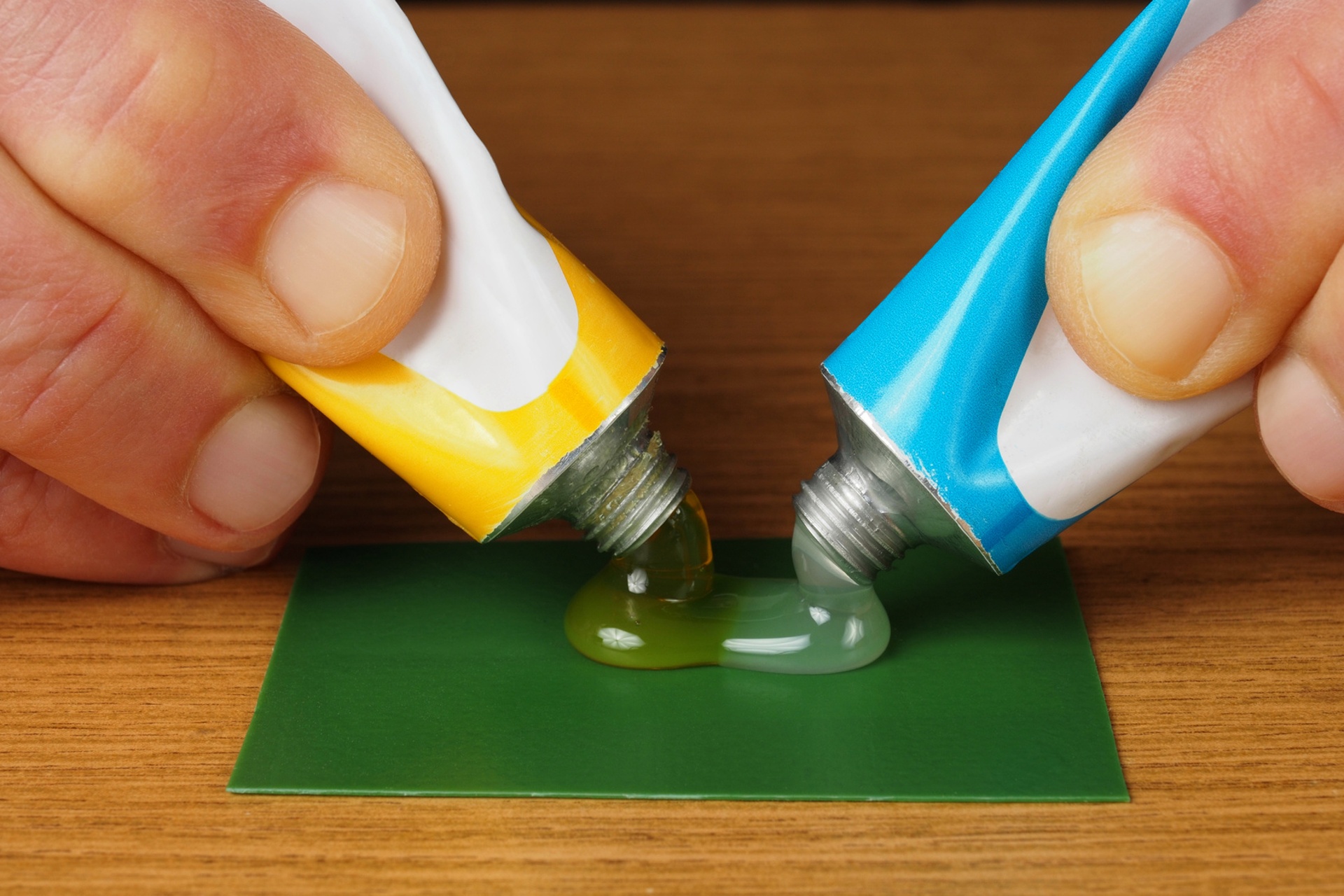Attention to detail can make or break your cosplay. Whether you’re making your costume from the real materials your character wears or doing some improvising to make things easier, you want to really nail those details and ensure they’re going to stay put. Achieving realism is one of the main reasons many cosplayers choose to make certain costume elements out of metal during their builds. Using metal, from real aluminum or steel to sheeting or kick plates from the hardware store, can really add to the believability of your cosplay, but metals are notoriously heavy and difficult to glue into place.
In this post, we’ll explain how to glue metal using common cosplay adhesives and discuss some safety measures you can take when building and gluing metal cosplay pieces.
Best Cosplay Glues for Metal

- Contact cement: Contact cement is one of the strongest adhesives you can use on several different cosplay materials, and its heavy-duty nature makes it a good choice for attaching metal pieces together or to the rest of your cosplay. With contact (or barge) cement, you’ll need to brush the adhesive onto both surfaces you’re bonding, wait for it to get tacky, then press the metal to the other surface. However, contact cement produces harmful fumes you don’t want to be breathing in, so you should only use it with a mask on or in a well-ventilated area. It can also be cumbersome to pull out and use for small applications or things you need to dry quickly.
- Attach & Build double-sided adhesive sheets: If you’re working with multiple materials and or in an enclosed area but need a strong bond that can hold a decent amount of weight, Attach & Build is a great solution for adhering metal elements. Attach & Build sheets use a super-strong adhesive and can be cut to the size of your metal piece. It sticks to all the most common cosplay materials, so you won’t have to worry about any adverse reactions. All you have to do is peel and stick, and you can attach your metal to just about anything with no mess, no toxic fumes, and no dry time.
{{cta(‘3698bbd9-607d-4365-b560-16b472ca9c34’)}} - Spray adhesive: You might also find that an extra-strength spray adhesive is a great option for bonding pieces of metal. While a normal craft spray adhesive probably wouldn’t be strong enough to hold metal together, brands like 3M and Gorilla Glue offer extra-strong versions of spray adhesive that are specifically designed for harder to glue materials like metal and rubber. A spray adhesive is best used when you need to glue larger surface areas quickly because you can spray on a layer of glue in seconds. In general, spray adhesive dries quickly and is easy to apply, though it’s probably not the best option for heavier and more structural metal pieces or construction.

- 2-part epoxy glue: Another option for metal cosplay elements is 2-part epoxy glue. 2-part epoxy glue needs to be mixed together in order to create the strong, almost instant bonding agent. However, if you’re adding smaller metal elements to your cosplay or attaching details to metal armor, props, and more, mixing up a 2-part epoxy is an easy way to get an incredibly strong bond quickly.
- E-6000: Finally, E-6000 is a viable adhesive option for metal cosplay because it combines the industrial strength of something like contact cement in a somewhat easier to use squeeze tube applicator. E-6000 is a construction-grade adhesive that can hold some of your heavier metal elements. While E-6000 can 24-72 hours to fully cure, it provides a permanent bond that you can depend on to hold your metal cosplay pieces together, even if you’re working with slick or shiny surfaces.
Metal Cosplay Safety
When you’re working with metal pieces for your cosplay, it’s important to stay safe and protect yourself while working with advanced materials and tools. First of all, some of the adhesives that work best with metals do so because they have some serious chemical solvents in them. When working with those adhesives, like contact cement and E-6000, you should always protect yourself from breathing in their harmful fumes by wearing a mask or respirator and/or working in a well-ventilated area like an open garage.
When you’re working with metal, you should always be careful of sharp edges that could cut you or someone else. Sanding down the edges of your pieces is always a good idea to dull your metal edges. Additionally, wearing protective gear and clothing is always a good idea when working with metal, power tools, and strong adhesives. Items like gloves, safety glasses/goggles, closed-toed shoes, and the like. In all situations, be sure to consider your safety before starting any cosplay involving metal and/or toxic adhesives.